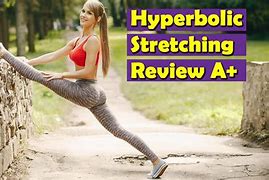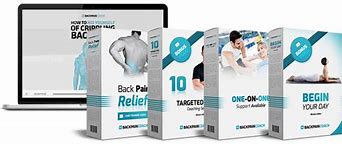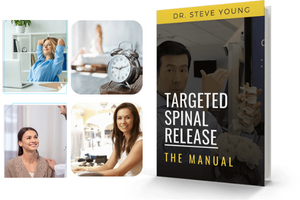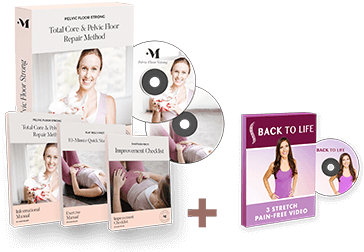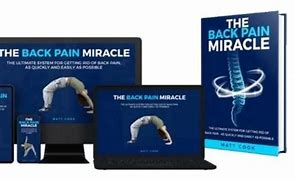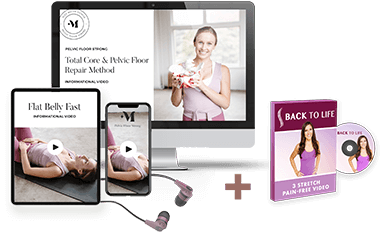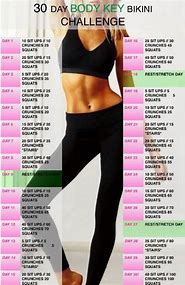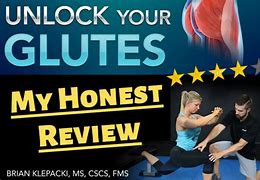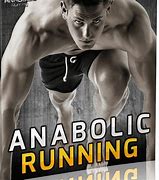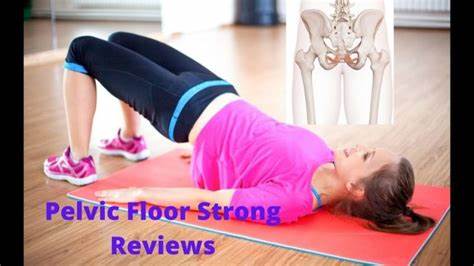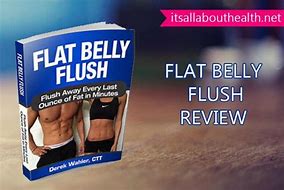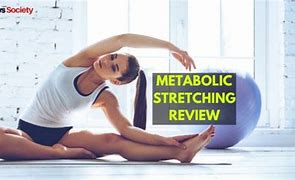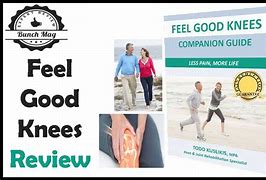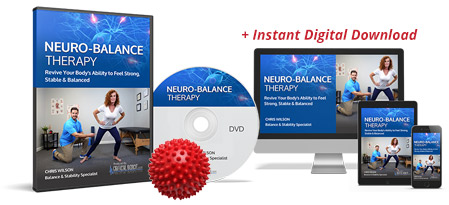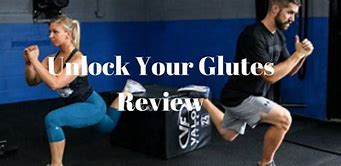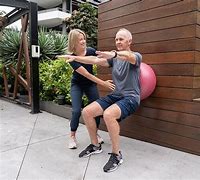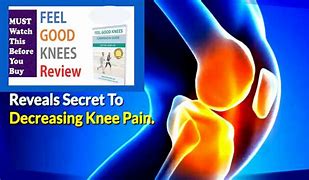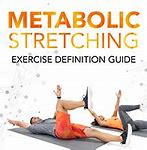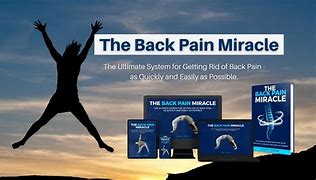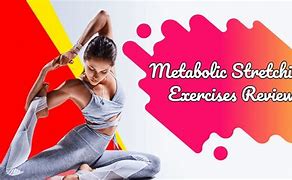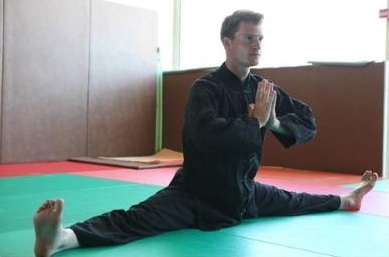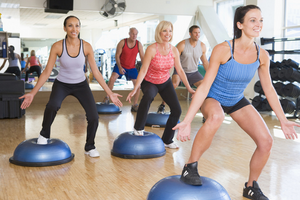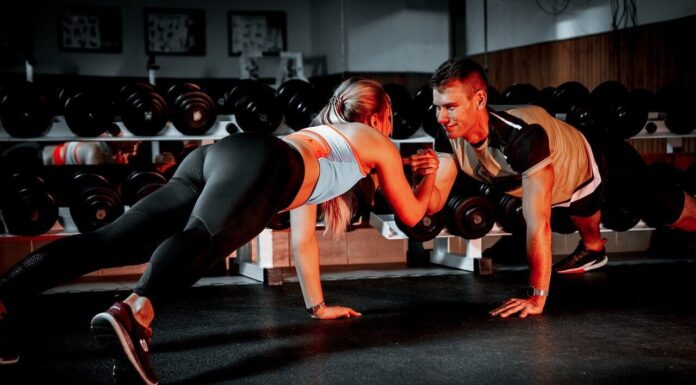What are the best exercises to unlock hip flexors?
How to Unlock Hip Flexors
If you want to learn how to unlock hip flexors you’re not alone. Millions of people of all walks of life are searching for a solution to unlock tight hip flexors.
Contrary to what most people believe sitting for long periods of time isn’t the only thing that causes your hip flexors to become tight. Things such as lifting heavy objects, not stretching properly, jogging, and cycling can also cause your hip flexors to tighten up.
Other causes of injured, strained, or tight hip flexors are weak muscles, stiff muscles, falls, and sudden movements or change in direction while you’re running or moving around.
Hip Flexor Muscles
Before we go more into what causes your hip flexors to become so tight (sedentary lifestyle), the symptoms, and treatments to loosen them it makes sense to first learn more about your hip flexor muscles. Your hip flexor muscles can be defined as a group of muscles which is sometimes referred to as the iliopsoas (inner hip muscles).
The 2 muscles that make up the iliopsoas are the psoas and iliacus muscles, which is why they’re often called iliopsoas. These 2 muscles will come together so your legs can swing forward while you’re running. For this reason the iliopsoas is your main and strongest muscle in the hip flexor muscle group.
The reason why the iliopsoas muscle is the most important hip flexor is because it’s responsible for various bodily functions such as:
- Walking.
- Running.
- Supporting your upper body.
- Rotating the thigh laterally.
- Helping to maintain proper movement and stabilization of your pelvis.
Other hip flexor muscles include:
- tensor fasciae latae
- rectus femoris
- iliacus
- sartorius
With so many important functions you can see why if your hip flexor muslces become tight, strained, or painful it can cause various problems.
Tight Hip Flexors
Tight hip flexors can cause some serious issues like pain and stiffness in your back, arthritis, belly pooch, knee pain, hip pain, and make it hard for you to move around comfortably.
This is why learning how to unlock hip flexors is so important. You won’t feel 100% like yourself until you learn how to release hip flexors.
Before we get into how to unlock hip flexors it’s important to know what symptoms to look for.
Tight Hip Flexors Symptoms
How do you know when your hip flexors are strained, injured, or tight?
Some of the most common symptoms of tight hip flexors to look out for include: severe pain or discomfort in the pelvis or hip area, muscle cramps in the upper leg, soreness or tenderness in the upper leg area, discomfort or pain in the front groin area, and muscle spasms in either your thighs or hips
Tight Hip Flexors Test
You can also know if your hip flexors are too tight by performing “The Thomas Test”. To perform the Thomas test to assess the tightness of your hip flexor muscles you’ll need to first sit down on the edge of a bench or long table.
Once you sit down pull one of your legs to your chest by the knee, and then lay down flat on your back. If your other leg doesn’t stay flat on the bench or table you’re laying down while you’re pulling your leg to your chest then you have tight hip flexors.
How to Unlock Hip Flexors
By far the most common question we get on our site is how to get rid of tight hip flexors.
When people ask us what’s the best way to get rid of hip flexor pain and tightness for good when it seems like stretches, rollers, and physiotherapy aren’t helping we almost always recommend:
Over the past few years my hip flexors were super tight and were really starting to bug me. I’m a triathlete but like most other folks I sit a lot for work and it’s hard to deny the impact sitting was having on my tight hip flexors.
And because my hip flexor tightness was throwing off my glutes and lower back I was getting worried whenever I did certain exercises like RDLs, squats, and on just about every run.
I went to see a physiotherapist who couldn’t really tell me what was causing the problem. I tried doing different stretches and foam rolling which only provided me with some temporary relief at best.
Despite regularly doing the stretches my physio recommended I still had the “clicking” whenever I walked, and my tight hip flexors were starting to affect my posture/running form when I ran. I just don’t feel like I was getting to the right spots in my hip flexors to really fix the problem.
After battling with my weak hip flexors for a while it ended up causing me all types of problems from lower back pain to sore knees. I couldn’t afford the $45 per session my physio was charging me so I started searching for other ways to keep my hip flexors healthy.
I felt like I needed to find a solution to this problem fast because I could foresee a lot of adverse effects and injuries from this.
So when I first stumbled upon Mike Westerdal’s permanent solution for tight hip flexors I didn’t even hesitate. I knew I was onto something when my lower back pain began improving and I no longer had back aches while cycling. I couldn’t even believe it. It Worked!
There is so much misleading information out there when it comes to how to heal and prevent tight hip flexors it is easy to get overwhelmed.
So after continually being asked by some of our regular subscribers we decided to put Unlock Your Hip Flexors to the test and see how it measured up against other reputable hip flexor treatment products we’ve discovered over the years.
Most of our subscribers went with our number 1 recommendation and tried The Unlock Your Hip Flexors Program and had great success with it.
In fact, most of our subscribers unlocked their tight hip flexors within a short time using the treatments and techniques in Unlock Your Hip Flexors.
The creators of this all-natural hip flexor tightness treatment system are Mike Westerdal and Rick Kaselj. Rick Kaselj (an injury specialist) helped Mike Westerdal’s wife naturally and safely unlock her tight hip flexors within a matter of minutes after using the “flow” method.
ed to put Unlock Your Hip Flexors to the test and see how it measured up against other reputable hip flexor treatment products we’ve discovered over the years.
It wasn’t a surprise that unlock your hip flexors stood out in front of the rest.
What’s Inside?
The program provides you with the easy to follow “flow” method, which is a sequential flow of movements designed to unlock specific muscles within your hip flexors in a certain order to permanently get rid of the tightness, pain, and discomfort you’re experiencing.
The reason your tight hip flexors don’t seem to improve regardless of how many stretches and exercises you do is because you’re incorrectly releasing one muscle before the other.
For example, I already knew about many of the techniques outlined in this program, but it wasn’t until I discovered this simple “flow” formula did I learn how to do them in the correct order did things really start to improve for me.
Inside Unlock Your Hip Flexors you’ll be introduced to a total of 10 exercises with a step by step video explanation by Rick himself showing you the proper sequence and how to perform each exercise.
Each of these 10 exercises will target the hard to reach muscles inside your hip flexors in order to get almost instant relief from hip flexor tightness and other symptoms.
The Results
The program is definitely designed to deliver fast results, as most of our subscribers who tried it quickly fixed their hip flexor problems after applying each step of the simple to follow formula.
Some of our users managed to finally get rid of the tightness and pain in their hip flexors and other areas like their lower back within the first 15 minutes of using these techniques… which is hardly bad.
The Bad
This isn’t for everyone…. if you’re not familiar with things like the psoas muscle the information inside this program might seem a little too technical for some people at first.
However, the step by step walk through videos of Rick demonstrating how to perform each technique makes it easy for anyone to begin using the program and quickly start experiencing great results.
If you don’t feel like it’s for you, just return it.
Standing Leg Lifts
The standing leg lift is an isolated exercise that targets your hip flexor muscles specifically. Performing this exercise regularly is a great strength training exercise for your hip flexors.
To perform a standing leg lift do the following:
- Begin by standing up straight with your hands on your hips.
- Now while keeping your torso in an upright position raise one of your legs off the ground as high as possible in front of you (make sure you’re not bending your other knee while you do this).
- Once you have your leg in front of you as high as possible try to hold it there for at least 30 seconds before you drop it back down.
- When you drop your leg back on the floor repeat steps 1 to 3 with your other leg.
The longer you’re able to hold your leg in the air in front of you the more effective this exercise will be. As you perform each leg lift try to raise your leg a little higher to help improve the flexibility and range of motion in your hips.
To help maintain your balance while performing this hip flexors exercise try contracting your abs a little as you elevate your leg in the air in front of you.
Lunges
One of the best exercises to unlock hip flexors are definitely lunges. Lunges are one of the best hip flexor strengthening exercises because they can be performed using just your body weight or by adding resistance to the exercise with dumbbells.
Also, performing lunges regularly are great for tight hip flexors because your stabilizing muscles are challenged each time you take a step. The repetition of lunges not only works your hip flexors but also helps strengthen your core as a whole too.
To perform lunges that work your hip flexors do the following:
If you’re interested in learning how to unlock hip flexors better using lunges try adding weights while performing the exercise.
- Begin by keeping your feet apart from each other slightly while you stand up straight.
- While contracting your abs and keeping your torso erect take a big step forward with your left leg.
- As you step forward with your left leg bend your knees while putting all your weight onto your left leg.
- Keep going lower with the lunge until your right knee comes close to touching the ground.
- Hold this position for about 30 seconds before returning to your original position.
- Once you return to your upright position repeat this process with your right leg.
Also, to help work your hip flexor muscles more try to move as slow as you can while you’re lowering your body into the lunge.
You can also try walking lunges if you have enough room to do them. Walking lunges will help strengthen and loosen tight hip flexors better because doing them requires more balance and motion.
Another variation of this exercise for tight hip flexors are reverse lunges. Reverse lunges will force you to stabilize yourself and use your hip abductors more.
Front Plank
Performing the front plank is one of the best exercises for hip flexors because it can help you regain complete rotation range of motion in your hips.
The front plank helps improve hip mobility and tightness by stimulating your hip felxor muscles and important muscles in your core that support and stabliize your spine and pelvic.
To perform a good front plank do the following:
- Begin by going into a push up position. You want your hands and knees on the ground with your forearms placed flatly against the floor. Make sure your elbows are pointing towards the back of you while positioned shoulder width apart.
- Position your feet in a straight line with your heels pointing up towards the ceiling. The only part of your feet that should be touching the ground while doing this hip flexor exercise are your toes.
- Now hold this position for at least 30 seconds while making sure you keep your eyes fixed on the ground. Avoid looking upward or straight in front of you because this will place unnecessary pressure on your neck that could cause you to compromise your form while doing this exercise.
There are different variations of this exercise that can help unlock hip flexors by strengthening the muscles in your core. One of these variations is the side plank which involves holding a similar position slightly elevated off the floor but on your side.




